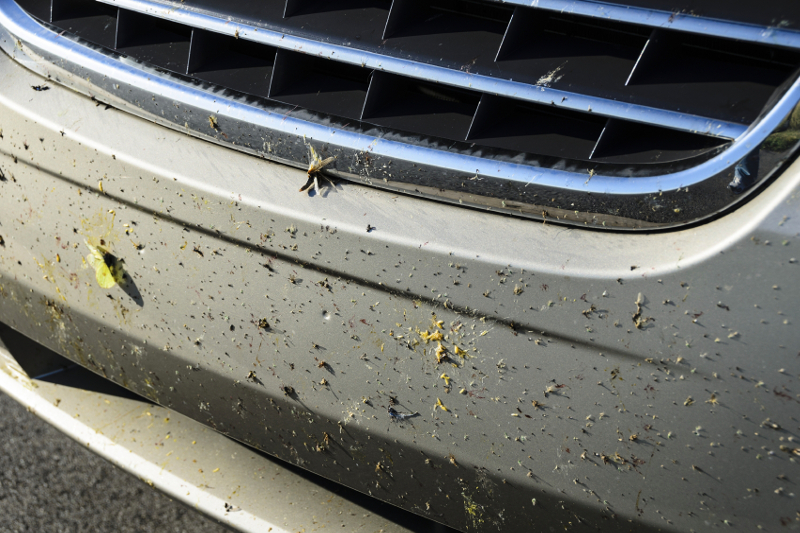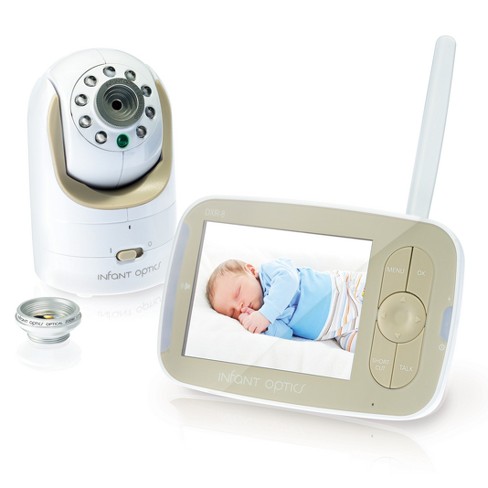Ford Develops System For Self-Driving Cars to Get Insects to Bug Off
For most of us, having our own vehicle is a necessity. And while U.S. sales of boats and marine products reached $37 billion in 2016, the majority of Americans rely on their cars to get from point A to point B. Vehicular technology is evolving before our very eyes, with self-driving cars continuing to make a buzz. But even though autonomous vehicles have yet to receive widespread implementation on our nation’s streets, one automaker is making sure that when they finally are embraced by the public, that motorists won’t have to deal with bugs.
We’re not talking about technological mishaps here. No, the problem is insects. Apparently, this is one critical issue that’s been on the minds of self-driving car manufacturers for some time. When a human drives a vehicle, they can make adjustments as needed. And in many cases, the car can be programmed to make those changes (like with automatic transmissions, which can range from four to 10 gears). But the common instance of insects on a windshield has been speculated to be disastrous for self-driving cars.
That’s because something as simple as a squashed bug could potentially obscure the sensors used by self-driving cars to “see” their surroundings. Although a human driver could simply use the windshield wipers or change positions to see clearly, it’s not that easy for a self-driving car. As a result, the vehicle could crash or fail to operate properly in other ways.
Fortunately, Ford has developed a solution (or so they think). The company has essentially created an “air shield” to keep the bugs at bay. Using a high-velocity air nozzle to blow air at a 35- to 40-degree angle, insects (as well as snow and dust) can be blown away from the ca’s LIDAR lens, thus keeping its “sight” free from obstruction. The air shield blower would, in theory, run consistently to minimize complications, though the speed would change depending on environmental factors and the travel speed of the vehicle. And since the insects in question would need only make a slight shift in direction, they wouldn’t be harmed — which isn’t the case when a bug hits a conventional windshield.
Today’s consumers seem more willing to embrace high-tech vehicles, considering that electric cars are predicted to make up 54% of new vehicle sales worldwide by 2040. But whether solving the insect issue will convince motorists to ditch driving altogether remains to be seen.




